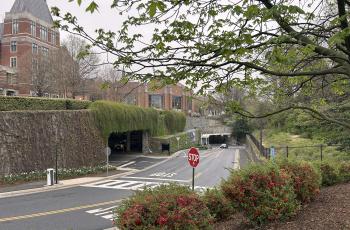Understanding Rates
DC Water bills customers on a monthly basis. These bills include charges for both
DC Water and the District of Columbia government together on the same bill. The fees collected by DC Water on behalf of the District government are passed on to the District.
Your DC Water bill includes charges for water usage, sewer usage, customer metering, impervious area, and a water system replacement fee.
- Water and sewer - charges for water and sewer usage billed volumetrically, meaning these charges are based upon how much water a customer uses
- Clean Rivers Impervious Area Charge (CRIAC) - a sewer fee that takes into account the area on a property that is impervious, meaning surface water cannot flow through, such as buildings, asphalt, or concrete. These areas contribute to stormwater runoff and combined sewer overflows. The CRIAC generates funds to cover the cost of the Clean Rivers Project, a $2.99 billion capital project mandated by the federal government.
- Water System Replacement Fee - a fee designed to recover the costs of renewal and replacement of aging water service lines over time. The fee is based on meter size and average flow.
- Customer metering fee - a flat fee based on the meter size
How Rates are Set
Rates are set annually through a year-long process that begins with a budget based on capital and operating needs. Once the budget is approved by the Board of Directors, a rate structure is proposed and communicated via various news and media outlets as well as a public hearing to provide customers the opportunity to comment on the changes. Finally, the DC Water Board of Directors votes on the rate proposal in July, to be implemented in the October customer bill.


